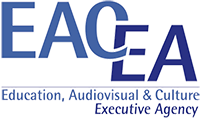Vila Praia de Âncora - Portugal
Region: Âncora
Other schools in the Quad Blog: Escola Dovella (Spain), Utsjokisuun Koulu (Finland), Avenue Primary School (UK)
Creative Connections Project: Identity and tradition
Background
The Basic School of Vila Praia de Âncora is situated in Âncora, Portugal, approximately ten kilometres from the nearest population centres of Caminha or Viana do Castelo. The school belongs to the Group of Schools of the Âncora Valley (AEVA). The group consists of eight education institutions whose students come from both rural and urban contexts.
This group of schools defines its major priorities as:
- the promotion of student inclusion and the educational success of students at educational risk (either due to clinical or social problems)
- the advancement of attitudes of respect for difference and solidarity among all the members
The diversification of educational strategies and openness to innovation have always been key points for the integration and personal success of students, in a long and recognised tradition that has involved several successful projects that were awarded several local and national prizes. To achieve its objectives, the AEVA group often collaborate with other institutions, either through short-term arrangements or long- term partnerships.
The Creative Connections project involved, in particular, the collaboration of one teacher from the Basic School of Vila Praia de Âncora. She is an art teacher in a middle school level (11/13 years) and has a degree and an MA in Art Education and has twenty-two years teaching experience. The research also involved one class of 20 students from the referred school (11F and 9M), aged between 11 and 13, all in the 6th year of education. In the class were two students with specific learning disabilities, supported by the ‘Special Educational Needs’ programme and thus benefiting from an individual educational plan entitled ‘Individual Curriculum Adaptations.’ There were also four students attending a ‘recovery plan’ and another three attending a ‘monitoring plan.’ About half of the students’ parents have secondary school qualifications and about 30% have a university degree. The other half have attended basic education, although most did not complete their education. Their jobs are in diverse areas, such as local business, construction, food industry and services.
Aims and Framework
The importance of critical reading of images as a curricular strategy has deserved an increasing attention by several researchers in the field of arts education (Allison, 1972; Feldman, 1982; Thistlewood, 1989; Taylor, 1992, Parsons, 1992, Hall, 1997, and others). Their work has inspired generations of teachers, nationally and internationally, at various levels of education. In fact, the use of images as pedagogical tools has been considered fundamental to the development of analytical skills and critical perception (Allison, 1972), and has also been successfully used to make students reflect on the importance of historical, cultural and sociological concepts, as was demonstrated with the “Images and Identity Project” (2010).
Based on all of these successful strategies, this project focused on understanding how students perceived, through Art, several key concepts, such as:
- Identity
- Culture
- Heritage
- Artistic Appreciation
- Contemporary Art
The concept of deciphering a visual message, describing and interpreting it, is a task recommended by many art education specialists (Feldman; 1982, Taylor; 1988, Parsons; 1992, Moura; 2000, Barbosa; 2005 and Hernandez; 2006), who suggested different models of image reading in order to answer questions like: ‘How are the images generated?’ ‘For who?’ ‘Why?’ The fieldwork in the Creative Connection project involved the students’ development of a critical perspective as well as general awareness on issues of identity (National and European). Students were also encouraged to develop their taste for Art, as well as developing language and writing skills that would enable them to describe, analyse, interpret and evaluate artistic work using the specific vocabulary of Art.
Students visited a Contemporary Art exhibition where they spoke with the Artist about his work and the inter-relationships between the visual forms created by him and the whole fabric of society and students understood that those art works could be read in a number of ways. They then were asked to associate the observed images, depicting scenes of domestic violence, with their personal experience and to share with the class a critical reflection of the process. They were finally asked to revise this experience and express it through their own painting, exploring the expressiveness of colour and other elements of visual grammar. Students were invited to interpret their personal identity through the mediation of the many elements that have gone into making them what they are now as individuals and at the same time, reflecting on the mobilisation of this knowledge through artistic achievement.
The Study
The research took place over four weeks in one and a half hour weekly sessions. Permission was obtained from parents to observe the pupils working, to photograph them working and to use images of their work for research purposes. Permission was also obtained from the referred artist for the use of his artwork for research purposes. The methodology was based on action-research and involved, for each session, a three step cycle:
- Preparation of educational materials and new curricular strategies
- Implementation of the previously devised strategies and collection of student output and other relevant data
- Evaluation of the educational process
The data was collected through diverse methods, such as
- The use of recording instruments and direct observation that focused primarily on the responses and reactions of the students
- Students’ work, either written or involving plastic expression
- Participant art teacher’s diary and interview
The first two sessions (three hours) focussed on the discussion of the concept of identity, using students’ images as symbols for the concept of ‘Europe’. Each student was asked to record in writing his/her point of view associated with the selected images and to share with colleagues a critical reflection on the selected images. In the third session, students visited a Contemporary Art exhibition, at Guntilanis Gallery, Vila Praia de Âncora (Figure 1 & 2), where they were able to talk with an artist about his work, in terms of the production, of the meaning and of social knowledge. They tried to relate the colour, form and perspective with their symbolic function, giving concrete examples of emotions, feelings, symbols and optical illusions they conveyed. The teacher emphasised a constructionist approach to meaning in language.
Fig1. Students visiting a Contemporary Art exhibition and discussing the paintings with Barros Lima, the artist.
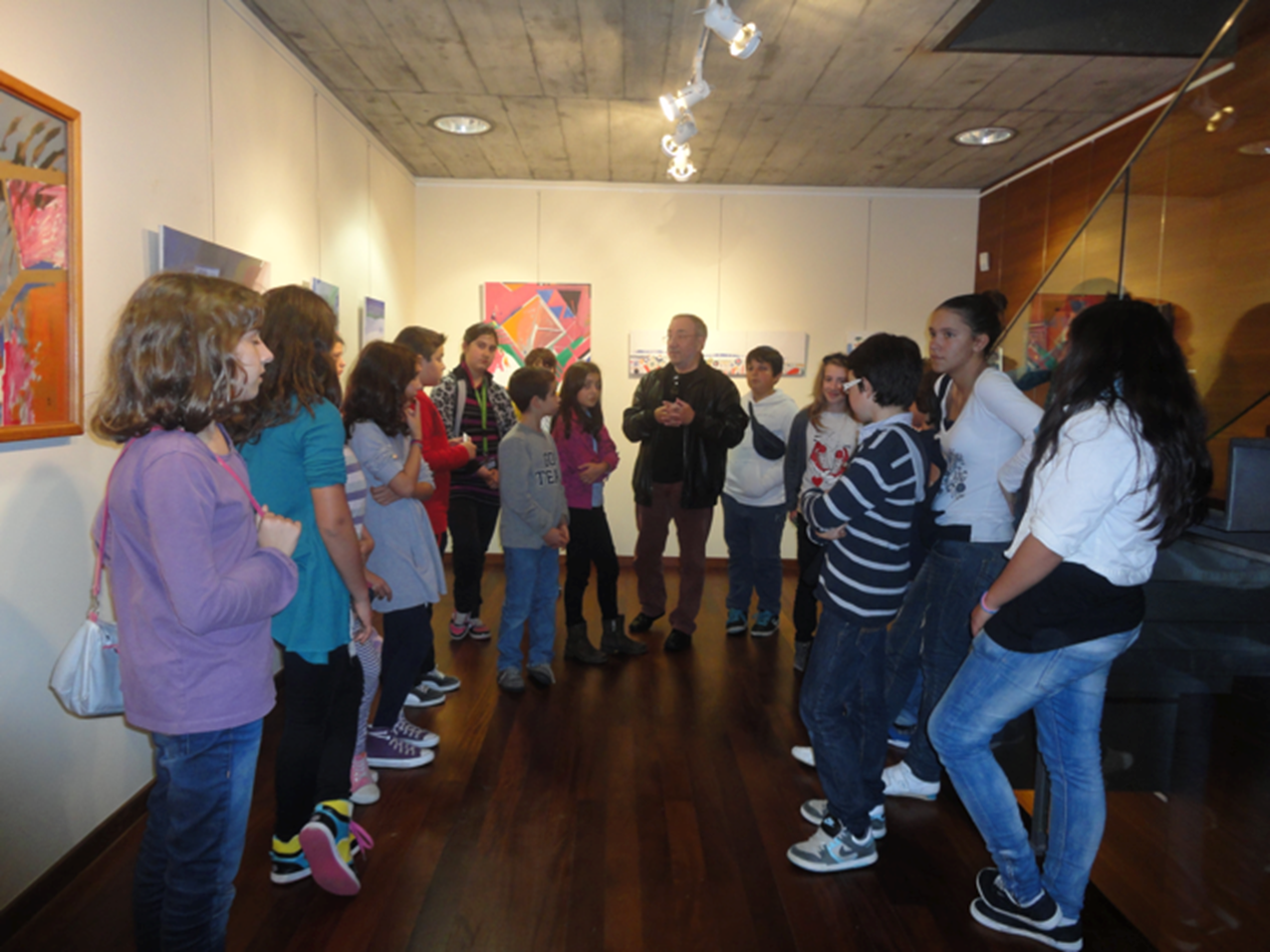
Fig2. An example of a painting by Manuel Lima called “O Burro” (The donkey), depicting domestic violence.
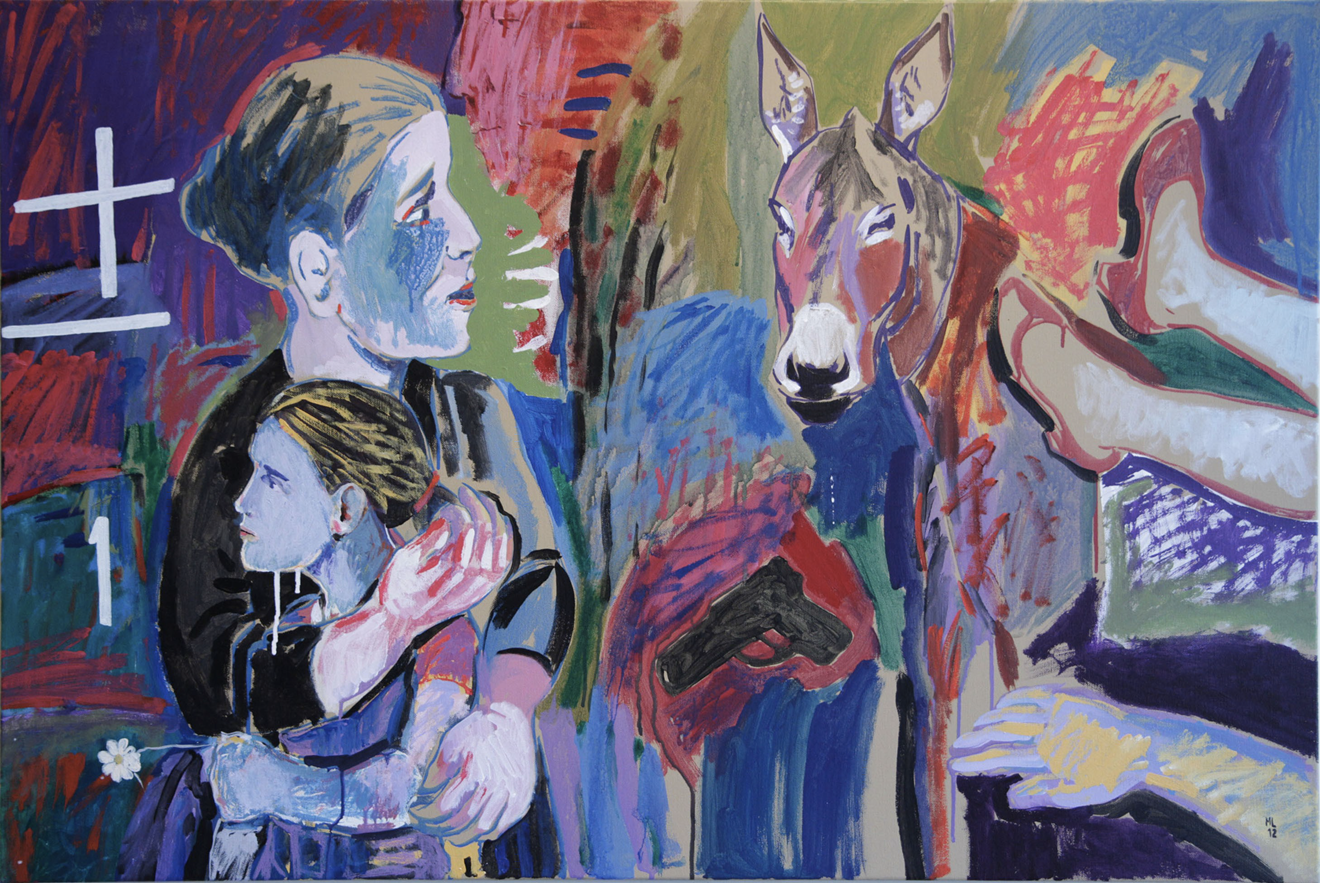
In the fourth and final session, students were asked to associate two or more images of the work they had observed in the previous session and, from that, develop their own painting. Through this exercise students were not only expected to demonstrate their knowledge about artistic elements but they were encouraged to convey a message about identity through the painting they were executing (Figures 3, 4, 5 & 6)..
Fig3. Students painting on a canvas.
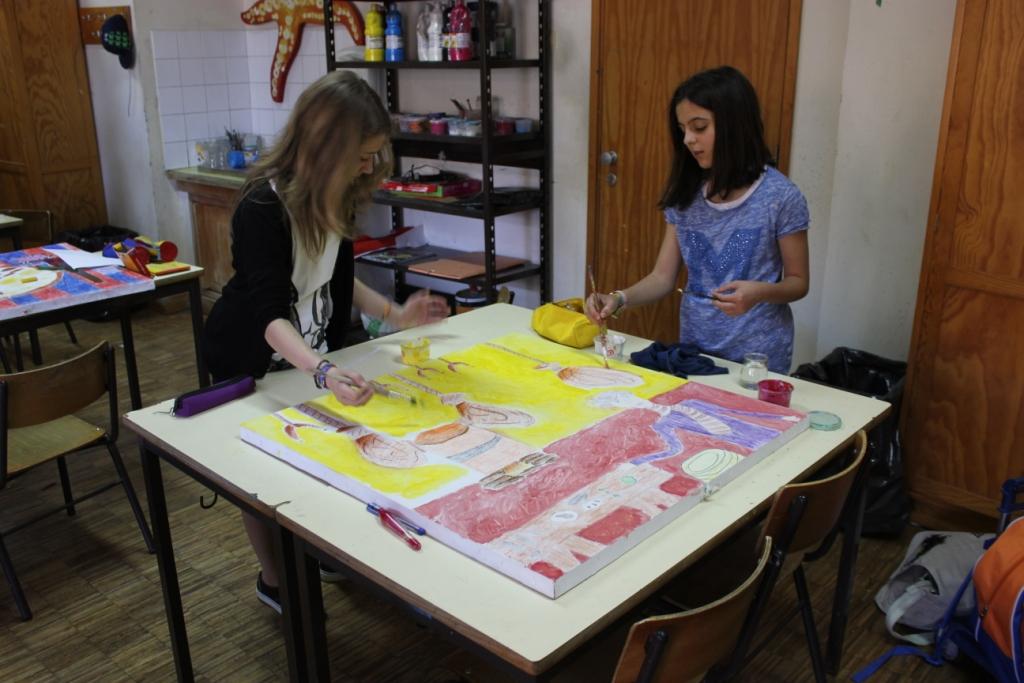
Fig4. Painting representing tradition Portuguese cuisine.
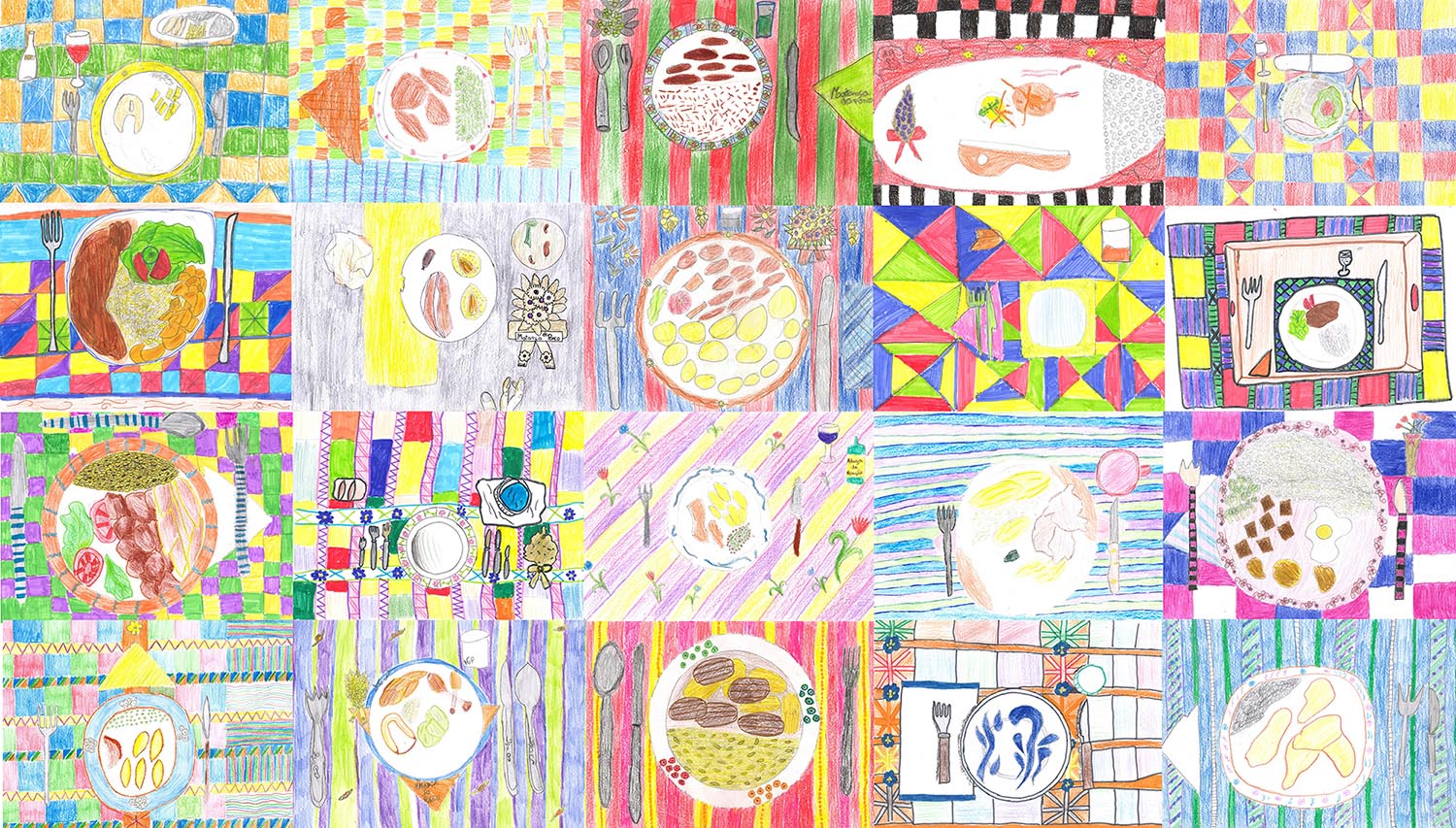
Fig5. Drawing depicting the killing of the pig, a traditional element in Portuguese identity.
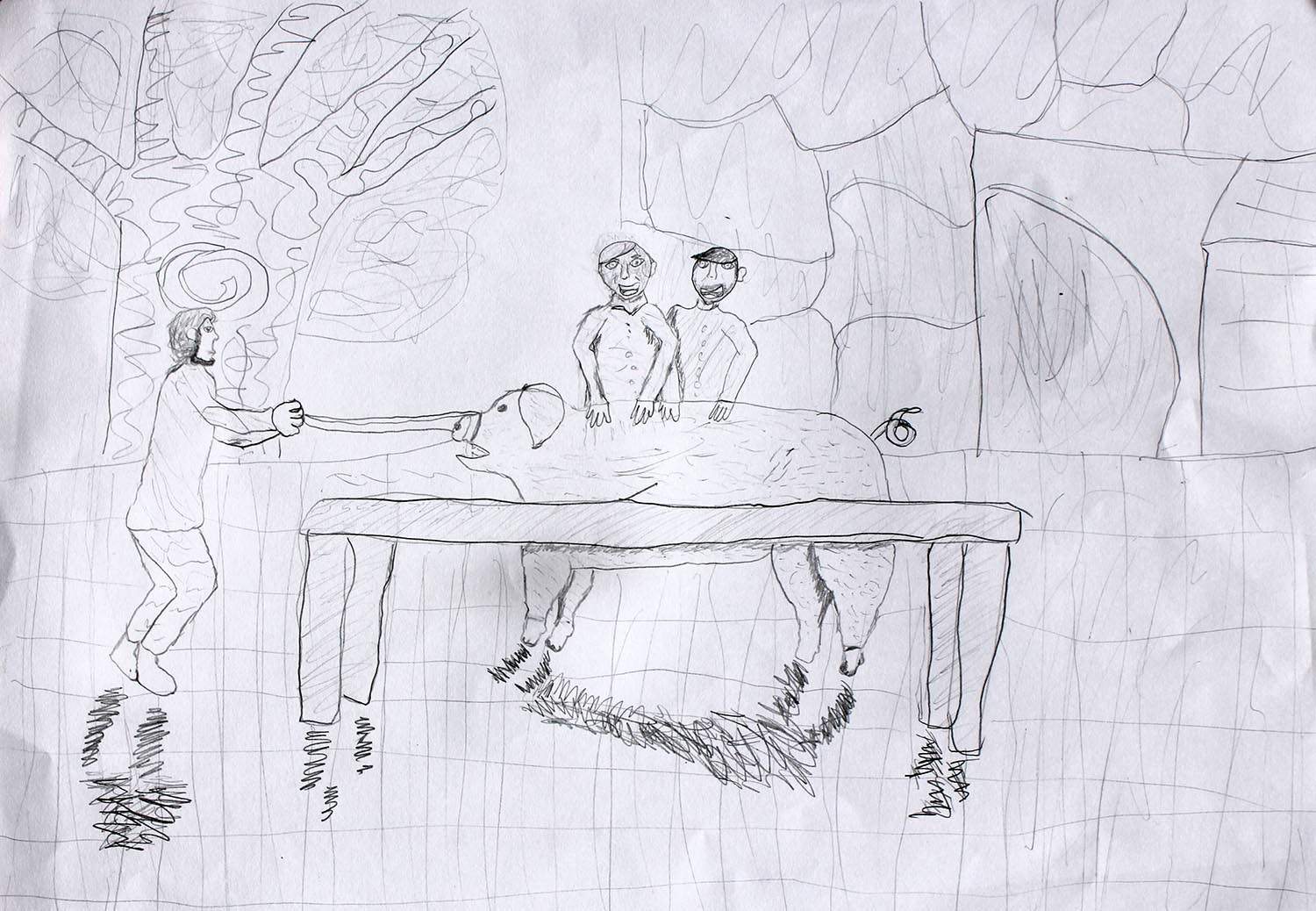
Fig6. Drawing representing a family dinner, one of the traditional aspects of Portuguese culture.
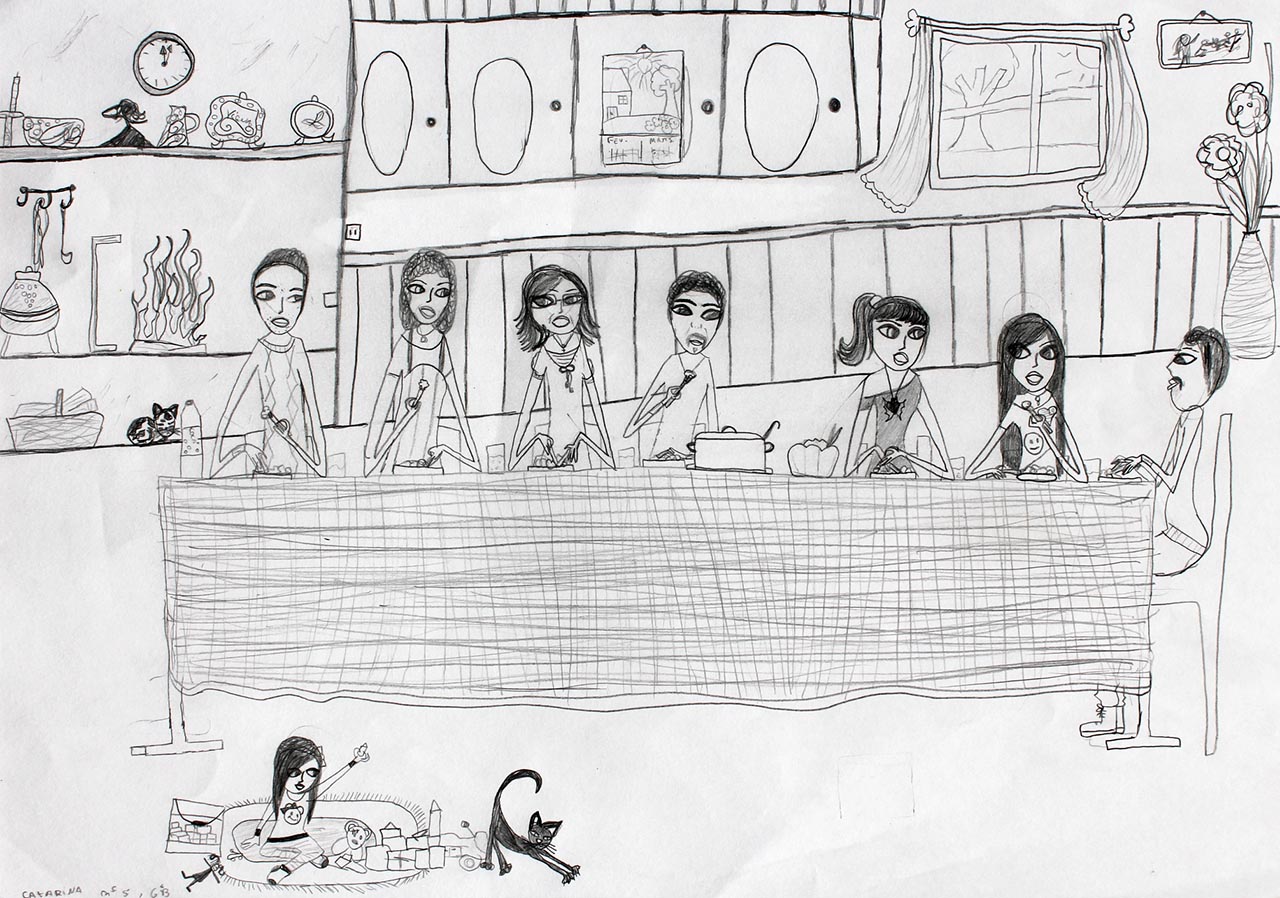
Reflections
In general, the devised strategies proved successful in reaching the expected aims. The use of the Creative Connections Connected Gallery, which was available to all teachers in the project, was considered by the participant teacher as one of the most important factors for this success.
The debates around the messages behind various images from Berenika Ovčáčková, Markku Laakso, Sonia Pulido and Michael de Brito were also considered very important in promoting discussion on various themes as well as increasing the students’ awareness of the problems in their daily lives. By browsing their critical consciousness and relating this to the purposes of Art in Society they were able to present and defend their opinions without bias. In fact the ‘crisis’ theme was very popular amongst students and was raised in almost of all of the discussions. As students were shown various images depicting works of Art, their interest and enthusiasm grew, as they were eager to talk about the images.
In parallel, students revealed a higher receptivity and more confidence in the preparation of the proposed work. The attention was more focused on those works that gave them the opportunity to discuss issues that were part of their daily lives. While the selected images were being displayed, students were encouraged to examine them critically. Only the nationality of the artist or the title was mentioned, depending on the image presented. The translation of the information contained in the Connected Gallery was only presented to the students after the examination of the image. Students read the artists’ comments with much curiosity and sometimes they changed their interpretation of the artwork displayed. In parallel, language skills were developed, as well as writing and critical capacity. Students were asked to relate emotionally to the images that were presented, and to reflect on representation as the production of meaning through language, discourse and image. Students explored representation as a signifying practice, through the use of drawing and painting in the construction of identity. They discussed critical issues, such as:
- the economic crisis
- violence
- internet
- tradition/globalization
- family values
However, despite its novelty, it was generally accepted by everyone involved in this study that the project failed in reaching its objectives with regard to the use of Quad blogs among adults and students. It was generally felt, especially by the participant teacher, that everyone should have had more support in the use of digital technologies, especially in respect to the online connection of schools through the blogs. A systematic monitoring, or an intermediate assessment of the use of the blog, would have avoided the shallowness of the few answers that were posted on the Quad Blog and would have minimised this problem. Time should have been allocated to the assimilation of the potentialities of this new tool for the interaction between schools, as well as for its integration into curricular and pedagogical strategies.
When students were asked to select images that would best describe Europe and explain why they felt that their choice would be representative of the EU/Europe, most of the students showed some discomfort in initiating the activity. It was also noticeable that a majority of the students held only a vague notion about European issues and were only able to identify some aspects of the theme. However, they were aware that Portugal and other European countries were facing a severe economic crisis with increased unemployment. Since, for reasons already described, students were unable to communicate their ideas with fellow students from other schools, they were not able to share and discuss different perspectives on European citizenship that could have arisen from different schools and different cultures. Nevertheless, by reflecting on concepts of citizenship, National and European identity and tradition, through Art, students developed not only a better understanding of the concepts themselves but also of how Art can convey feelings, ideas, beliefs, emotions, and values of a collective memory. Moreover, the feedback from the students reflected a greater involvement and motivation, as well as the recognition of the importance of identity as a cultural agent that also resulted in the strengthening of their self-image and self-esteem.
When reflecting on the concept of identity, students stressed some common key ideas like:
- Their set of unique traits
- Where they lived
- Who their families were
- The idea they had of themselves and others
In this reflection they found the need to make comparisons between people from other places, other languages, other cultures, other ideas and so discover differences and similarities. These approaches led the students to understand and learn more about Europe and provided a strong stimulus for the development of a critical analysis of society in general. One student summarized this new social and political awareness:
When I visit a country like Austria, with all its natural and artistic heritage, I even forgot that Europe is going through a severe economic crisis. Countries like Portugal, Greece, Spain and many others, despite their natural beauty and architecture, are struggling to maintain their standard of living to which they were accustomed. Whose fault is it? Nobody seems to know. One thing is certain: the word 'crisis' is to come and stay.

